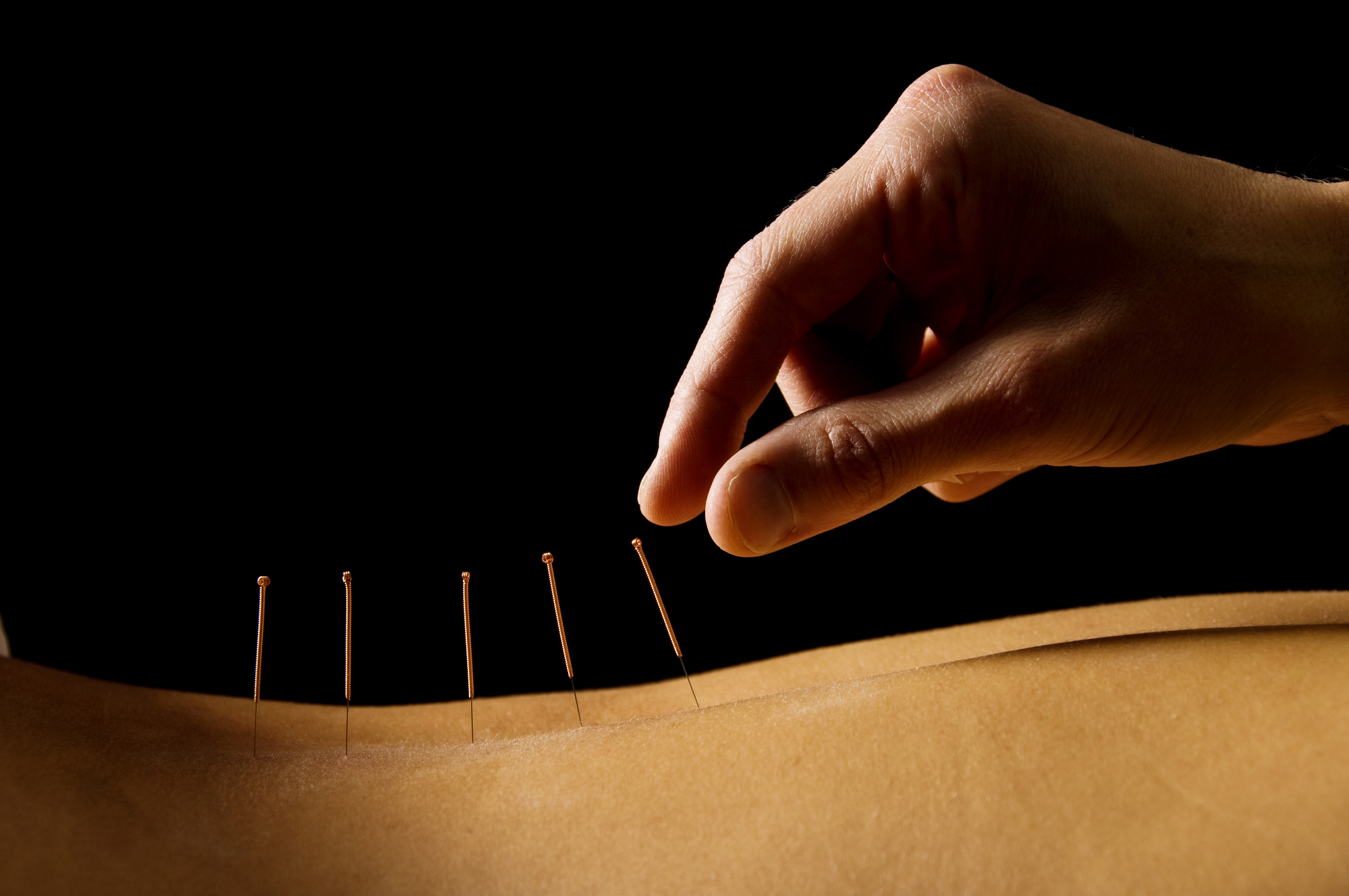Dry Needling
 Dry needle therapy, also known as “Trigger Point Dry Needling" (TDN) or “Functional Dry Needling", is a technique that uses small monofilament needles to treat trigger points within muscles. Trigger points develop due to injury, musculoskeletal dysfunction, overuse issues, and other abnormal stresses. When muscles develop trigger points, they often become shortened and can create compression on the structures around them, which can be perceived by the body as pain. A trigger point impairs an individual"s ability to lengthen and or contract a muscle. Dry needling is an effective treatment for acute and chronic pain, rehabilitation from injury, and even pain and injury prevention, with very few side effects.
Dry needle therapy, also known as “Trigger Point Dry Needling" (TDN) or “Functional Dry Needling", is a technique that uses small monofilament needles to treat trigger points within muscles. Trigger points develop due to injury, musculoskeletal dysfunction, overuse issues, and other abnormal stresses. When muscles develop trigger points, they often become shortened and can create compression on the structures around them, which can be perceived by the body as pain. A trigger point impairs an individual"s ability to lengthen and or contract a muscle. Dry needling is an effective treatment for acute and chronic pain, rehabilitation from injury, and even pain and injury prevention, with very few side effects.
Common Questions:

Is Dry Needling the same as Acupuncture?
No, Trigger Point Dry Needling is based on Western medical research and principles, whereas acupuncture is based on Traditional Chinese Medicine. The main similarity is that the same sterile, disposable solid filament needles are used.
What types of conditions can Dry Needling treat?
- Neck/Back Pain
- Shoulder Pain
- Tennis/Golfers Elbow
- Headaches
- Hip and Gluteal Pain
- Knee Pain
- Achilles Tendonitis/Tendonosis
- Plantar Fasciitis
- Sciatica
- Muscular Strains/Ligament Sprains
- Chronic Pain
Does TPDN hurt?
You may or may not feel the insertion of the needle. The specific needle manipulation is intended to produce a local twitch response that can elicit a very brief (less than a second) painful response some patients describe as a deep ache or cramping sensation. Again, the therapeutic response occurs with the elicitation of the local twitch response and is a desirable reaction.
What can I expect after treatment?
We are looking to get improvements even from the first visit such as increased range of motion, ease of movement and decreased signs/symptoms.
Many patients report being sore after the treatment in both the area treated and the area of referred symptoms. Typically this soreness lasts between a few hours and two days and there is occasional bruising. Soreness may be alleviated by applying ice or heat to the area and performing specific stretches for the treated muscle.